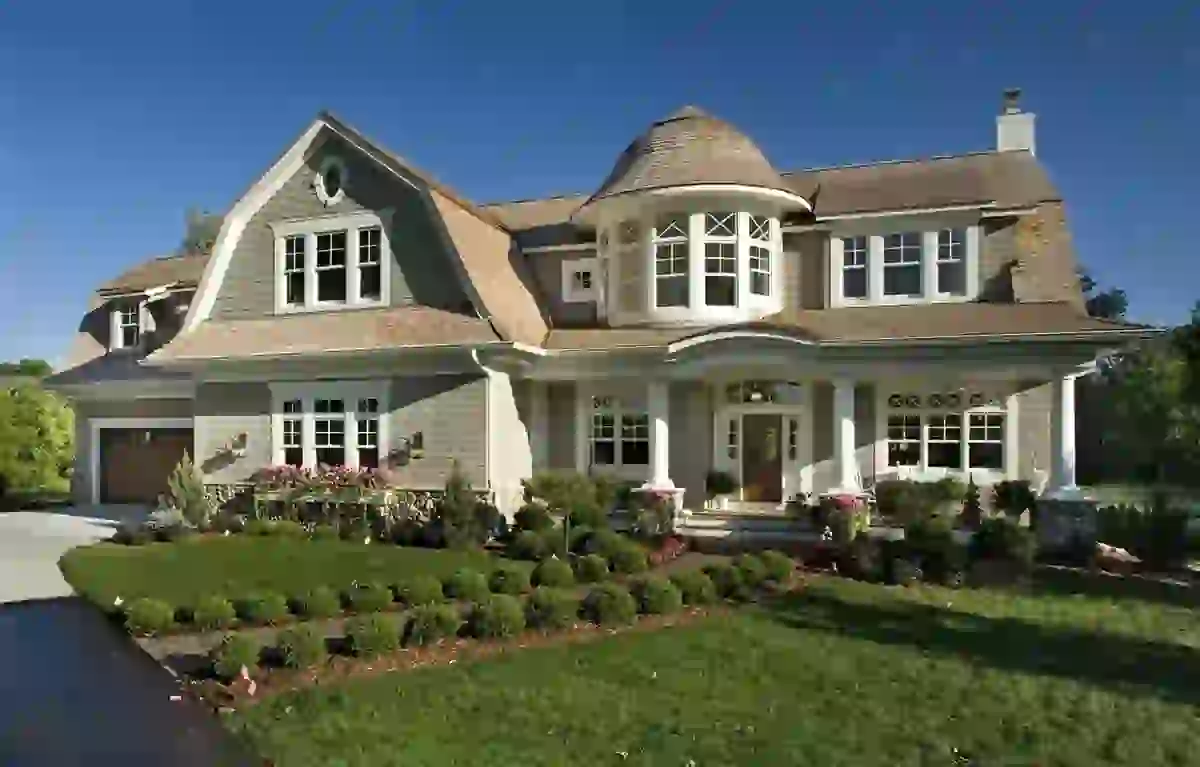What Factors Should Be Considered When Choosing A Roofing Material?
The choice of roofing material should be carefully thought out, because the roof is an investment for many years. Factors that are of great importance in the choice of covering are the structure and condition of the truss (and above all its permissible load), the angle of the roof, the level of complexity of the structure, the durability of the cover itself, and finally the usability and of course the cost of the entire roof.
Of the products available on the market, several are particularly popular. These are coverings made of sheet metal, metal roofing tiles, ceramic or cement tiles, roofing felt and membranes as well as more refined materials – stone slate or wooden shingles. Each of these materials has its pros and cons, which are worth discussing.
Sheet Metal And Metal Roofing Tiles
They are characterized by high resistance to weather conditions and durability. The sheet is a tight cover, it does not absorb water, thanks to which the roof load is not exposed to fluctuations. With a favorable roof structure, large-format sheet metal panels allow for easy and quick installation. The disadvantage of this cover is the low sound insulation, which means that the sound of falling rain or hail will not be suppressed, which can be important in homes with an attic. Metal roofing systems should be installed by a professional roofing company.
Standing seam sheet is a special solution that we often use on the roofs of houses, because its classic shape and simple forms perfectly harmonize with the modern style of our houses. They are manufactured to any length, depending on the customer’s needs, and are characterized by easy assembly (the so-called “snap-in” method). It is an aesthetic and functional material, it guarantees tightness and low weight will allow a lighter roof structure.
Roofing Tiles
Roof tiles are very durable (estimated life of tiles is up to several dozens years). Roof tiles are not susceptible to bending, crumbling and show high resistance to loads. They are also characterized by high sound insulation, thanks to which they perfectly suppress rain sounds. Unfortunately, this is one of the more expensive options available on the market. When choosing a tile, you should also pay attention to the degree of water absorption. Currently, you can buy roof tiles covered with special coatings that prevent moisture absorption and increase resistance to moss and lichen deposits.
Ceramic Roof Tiles
Ceramic roof tiles are a type of covering with a centuries old tradition, enjoying great popularity. They are made of various clays, which are then formed and fired in special furnaces. Dyeing takes place either while mixing the mass or as a result of applying coatings (engobe, glaze – which additionally protect the tile against deposition of mosses and impurities). It is a beautiful and durable material, available in a wide range of colors and shapes.
Cement Roof Tiles
Cement roof tiles are extremely similar to ceramic ones. They are made from a mixture of cement, aggregate (most often quartz), dye and water. The formed tiles are dried in special chambers and then painted with acrylic paint. Often, manufacturers cover them with additional protective layers. The durability of cement roofing tiles is estimated at around 80 years, and ceramic tiles even at over 100 years. In addition, cement roof tiles are usually slightly heavier, but nevertheless much cheaper than their ceramic counterparts.
Membranes, Roofing Felt And Bituminous Coverings
These solutions are intended for flat roofs or those with a small angle of inclination. They are cheap, resistant to damage, but require a rigid and even roof decking.
Slate And Shingles
These are eye-catching and ecological materials whose popularity is constantly increasing. Thanks to naturalness, they guarantee a friendly microclimate, are durable and provide very good insulation. They can be used even with very complex roof geometry.
The construction of the roof truss is of great importance when choosing the right roofing material. Lightweight materials, such as sheet metal or metal roofing tiles, will not burden the structure, so it can be simpler and thus cheaper. Ceramic or cement tiles are a much heavier material, which requires reinforced truss, which increases the cost of the roof structure itself. Here, too, local climatic conditions should be taken into account – if the roof is exposed to strong gusts of wind, it is much better to use a heavier and more stable covering material. Otherwise you’re going to have several problems with your roof down the road.
